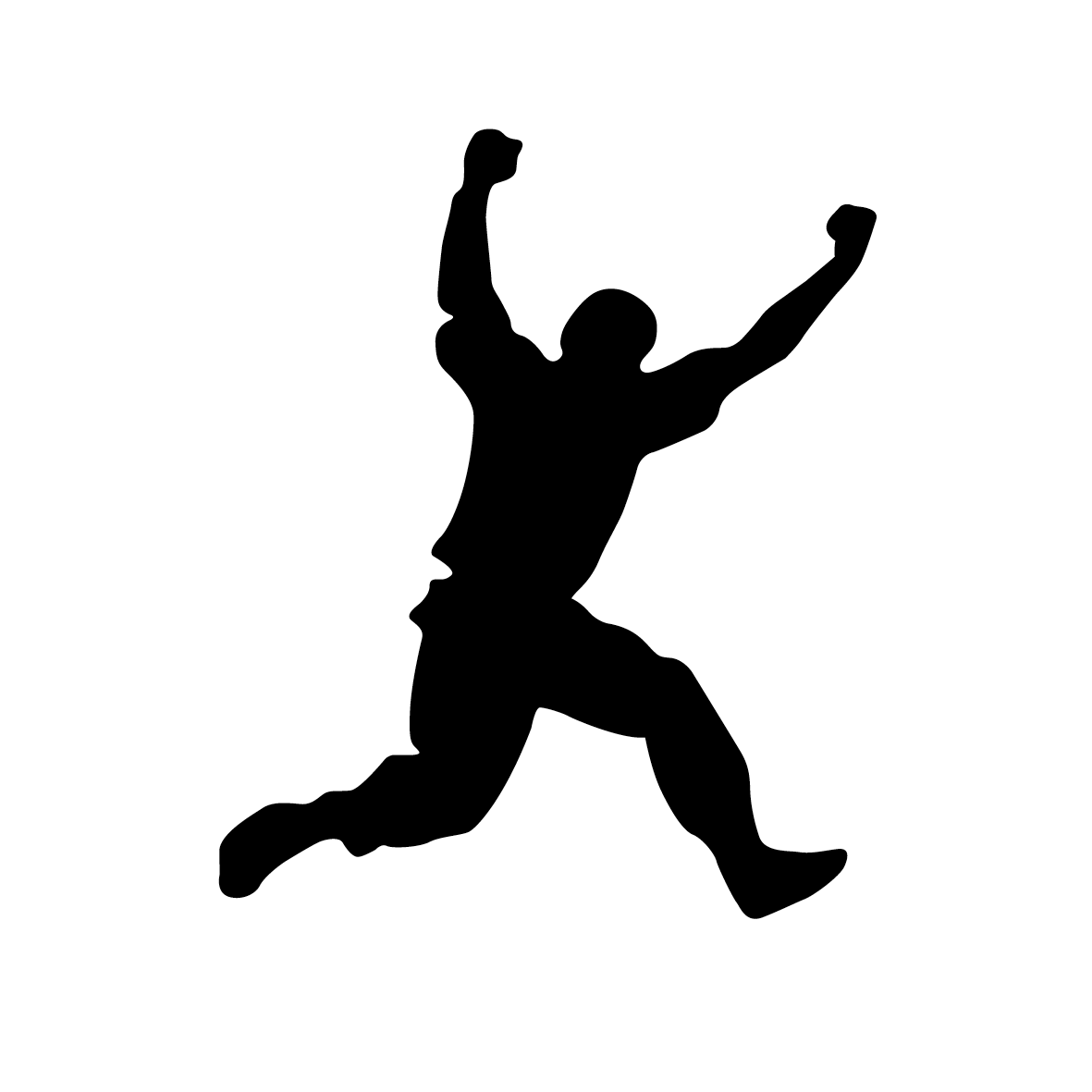TRADING LIVES FOR TIME
The First Battle For Kokoda
By Captain Andrew Flanagan
Sixty-year-old Gallipoli veteran and doctor, Geoffrey ‘Doc’ Vernon, arrived in Kokoda at 1100 on 28 July 1942. Observing the soldiers of B Company, 39th Battalion digging in along the Kokoda plateau, Doc Vernon immediately started preparing for the inevitable casualties that would stream into his ‘Regimental Aid Post’, the old police house. Unpacking his sparse medical equipment, the almost completely deaf Doc Vernon has spent the past eight days walking the Kokoda Track, knowing that his presence on the battlefield would likely mean the difference between life, and death, for the young soldiers of B Company.
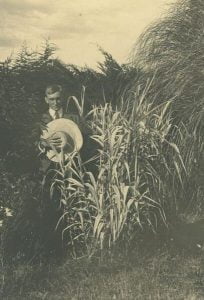
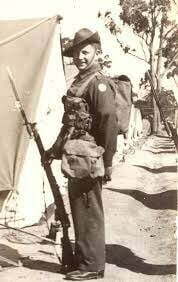
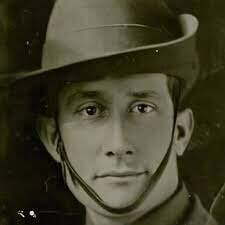
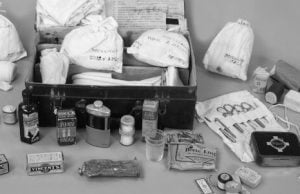
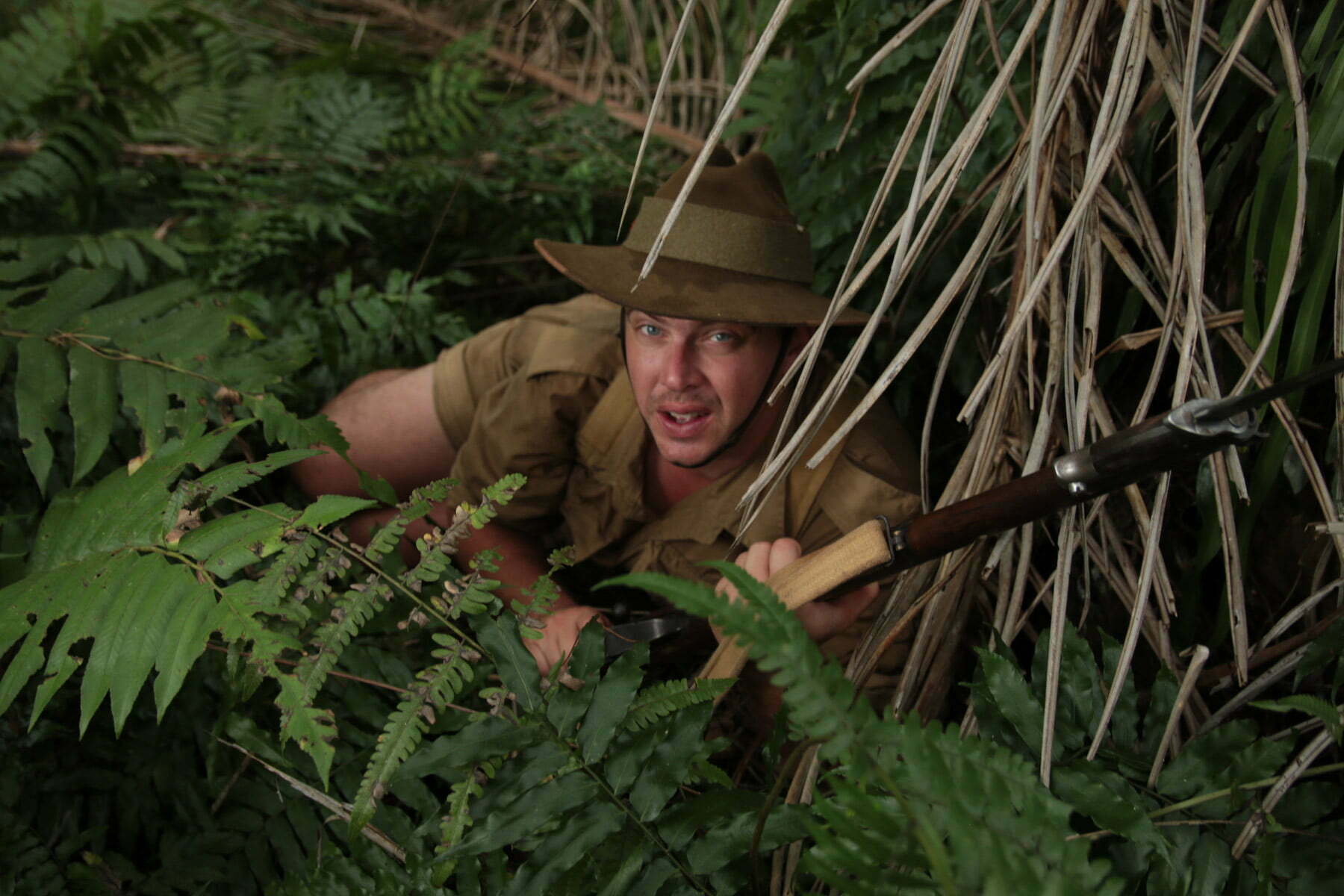
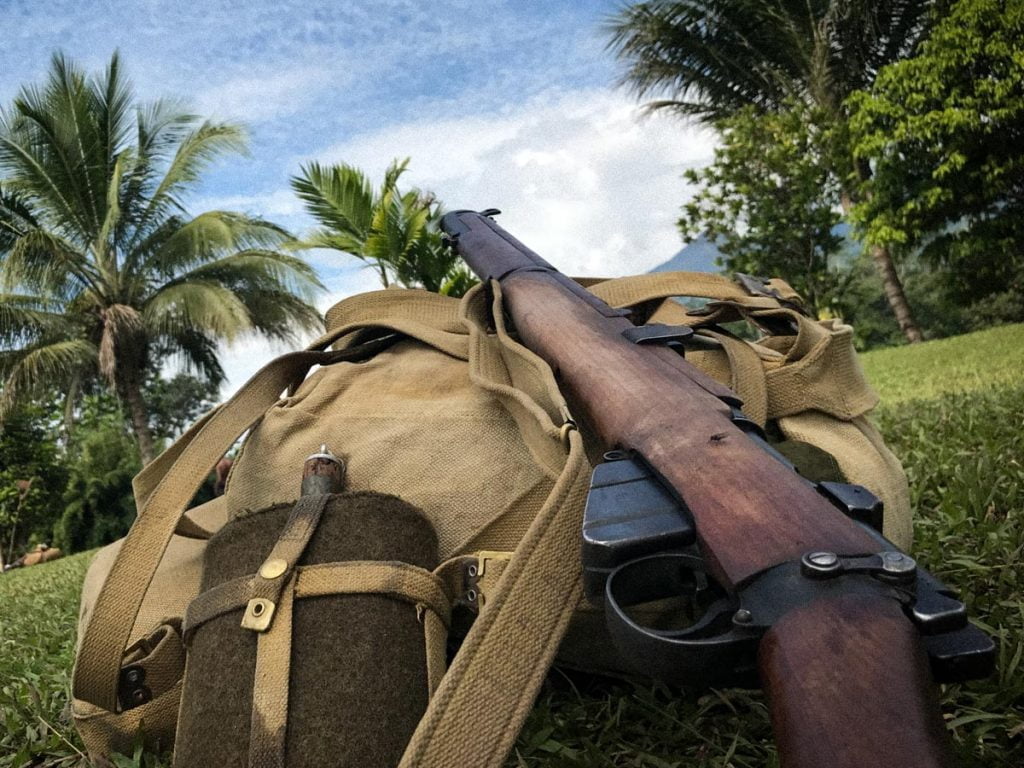
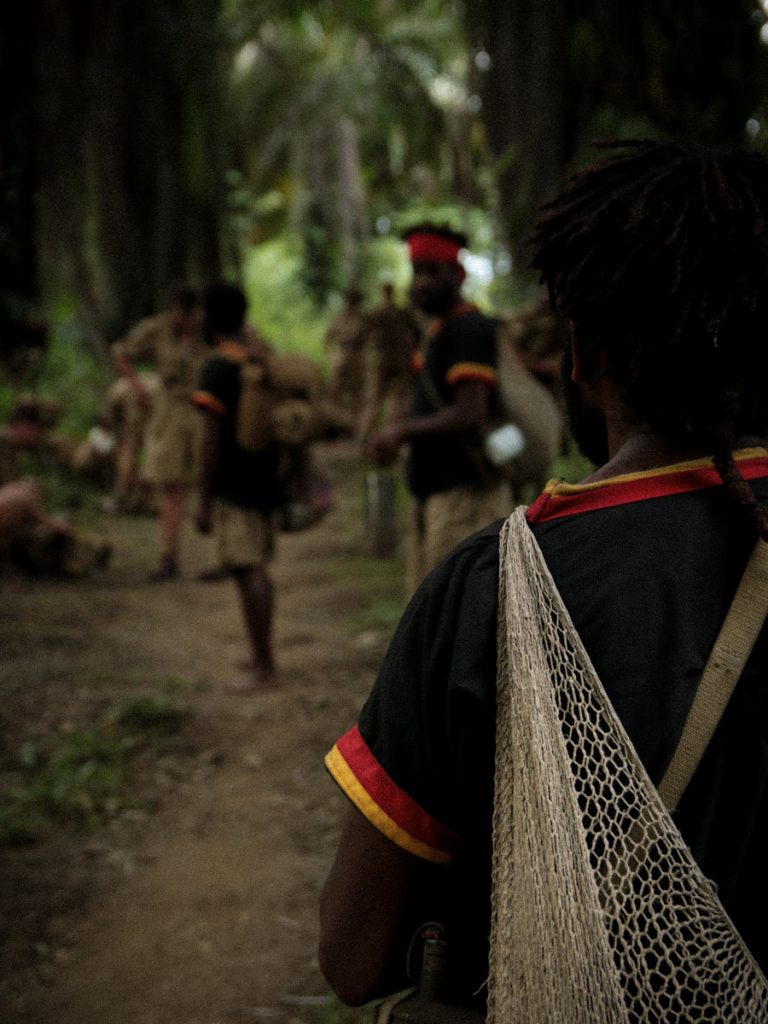
CAPT Ogawa, Japanese commander of the pursuing 1/144 Regiment, urges his men forward. An experienced battlefield commander, CAPT Ogawa knows that the best way to defeat the Australians, and keep his own men alive, is to get after the Australians as quickly as possible, before their reinforcements arrive. He expects to have little trouble in destroying the poorly trained and exhausted Australians and capturing the airstrip. The Japanese tactic is brilliant in its simplicity – fix the Australians in place by raining mortar and mountain gun shells down on their forward positions so that they cannot move to counter positions being attacked, and cannot be resupplied. Creeping forward during the night, before launching a sudden, terrifying rush in amongst the Australian positions, where grenades and the bayonet can be used effectively. Firmly fixed in place, the tactic involves flanking units surrounding the Australian position and attacking in a devastating wave, wiping out anyone still alive. Supremely confident, the Japanese surge ahead towards Kokoda.
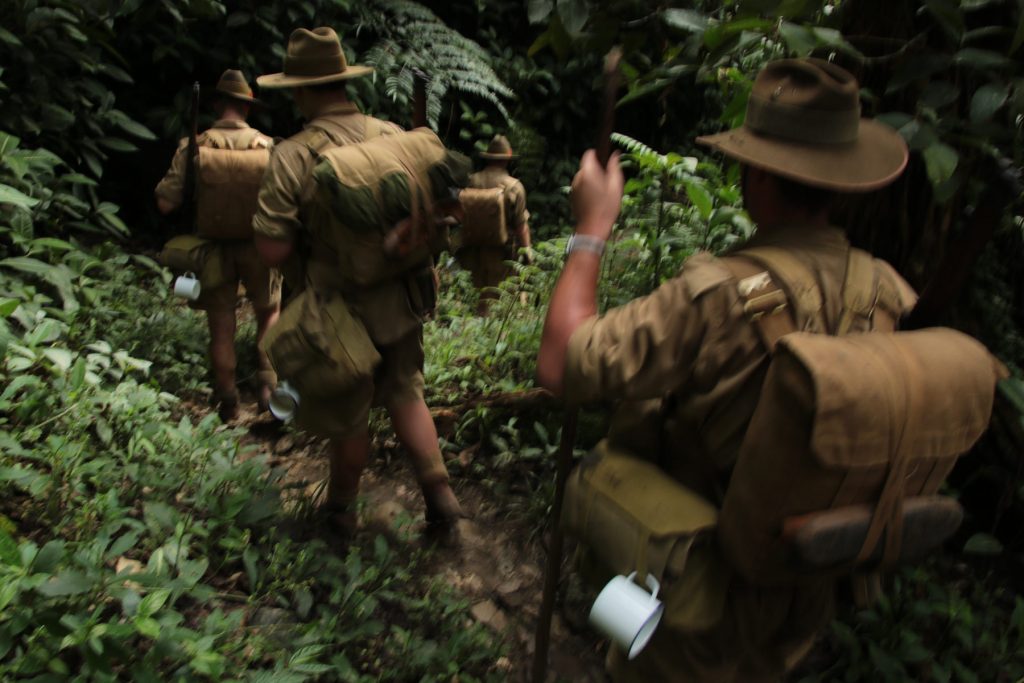
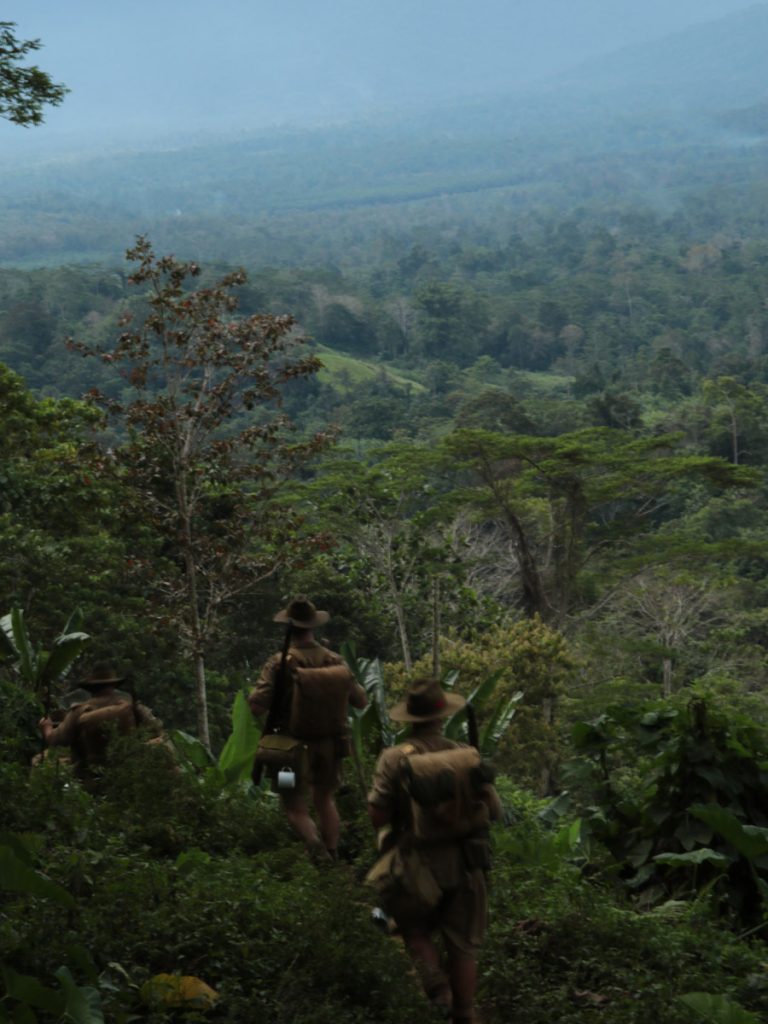
The Kokoda airstrip was impossible to defend with B Company alone, and may have been unable to be held with the entire 39th Battalion. Armed only with rifles, grenades and light machine-guns, the Australians were facing an experienced, battle-hardened enemy well equipped, including with mountain guns able to destroy defensive positions at will, from a distance. Kokoda is a large open space at the end of the Port Moresby-Kokoda track. Dropping down from the Owen Stanley Range at Deniki, above Kokoda, the land opens up to flat ground, rows of rubber plantations allowing for rapid movement – and excellent killing ground. One well-sighted machine gun could dominate a position, and the Australians exposed on the plateau may well have dominated the road, but that relies on an assumption that the Japanese would approach on the road, and stay on the road, in broad daylight, walking into the Australian guns. The advantage of being on the plateau, some 20m above the road, was countered by being exposed, in open ground, unable to move. And of course the Japanese would not approach in daylight, and had ample room to maneuver before the Australians engaged them. The Australian position at Kokoda was un-defendable with 130 men. With the rest of the 39th Battalion forced to walk eight days up the track to Kokoda, rather than fly in, B Company were either going to get very lucky and the Japanese wouldn’t push forward fast enough, or they were going to get wiped out.
Midnight. Sitting, miserable in his weapons scrape, CPL Pyke struggles to stay awake, scanning the darkness. Doc Vernon adjusts the lantern in his aid post. SGT Cowey sleeps, shivering in the freezing night air, along the track towards Kokoda. CAPT Ogawa creeps alongside his men, silently approaching the Australian position, the plateau looming out of the darkness. Uncertain as to the exact location of the Australian forward positions, his men pause……
Screams suddenly erupt from the Japanese, followed by a wall of rifle fire. Successfully attempting to bait the Australians into firing – which the terrified soldiers did – enabling the Japanese to locate the first line of Australians. Japanese mortar rounds and machine gun bullets tear into the Australian position. Anticipating an attack, available Australian reinforcements rush forward – a Canteen SGT, a Postal CPL, a Pay SGT and a Signals spotter, one of these men had never handled a rifle in his life! Dropping in amongst the terrified Australians, they faced the night, and a wave of Japanese soldiers.
CAPT Ogawa’s men launch the attack, their final approach covered by mortar fire and a mist of light rain, forcing the Australians to fire blindly as they crouched to avoid red-hot shrapnel splinters. Sweeping up the slope leading to the plateau, the Japanese are met by Australian grenades rolled down the slope, and then Australian bullets as the Japanese appear over the lip of the plateau. Surging in amongst the Australian position, the organised attack quickly dissolves into vicious hand-to hand combat. Experienced, well training Japanese soldiers coming together with the inexperienced, poorly trained yet courageous young Australians, determined to hold on and resist the tide of Japanese troops pressing forward to overrun their position. As though engulfed in a bushfire, the thump of Japanese mortars, the ‘crack’ of rifles, the clash of bayonets, the screams of the wounded, the curses of the terrified. Like a tsunami, the Japanese attack is forced back, the Australians have held the first wave.
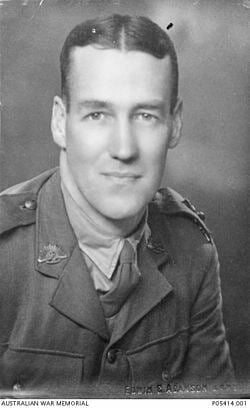
Doc Vernon, his deafness making him immune to the terrifying sounds of battle, is asleep. LTCOL Bill Owen, commanding the Australians, having rushed forward to support the front line, is dropped by a Japanese bullet just above his right eye. Doc Vernon is sent for, however, the situation is clear – the Australians had lost their commander.
The Japanese resume their assault, having fixed the Australian positions, applying pressure all along the defensive line. Eliminating a number of Australian weapons pits, the Japanese begin to infiltrate the over-extended Australian perimeter, isolating small groups of Australians grimly holding on. With no reserve, and quickly becoming surrounded, it appears that the Japanese will wipe out the defending Australians.
Doc Vernon, assessing that LTCOL Owen will not survive, attends to a growing number of wounded Australians. Japanese bullets target the lantern in the aid post, punching holes through the thin walls and causing the roof to partially collapse. CPL Pyke, still in his weapons pit, fires his rifle at Japanese soldiers sweeping through his position. CAPT Ogawa, leading his men forward, is shot and killed. SGT Cowey and the rest of the 39th Battalion remain part way along the track to Kokoda.
With the Japanese and Australian forces intermixed and engaged in desperate hand-to hand fighting, the Australian perimeter begins to shrink as positions are overrun. The Australians desperately hold on, buying time for their wounded to be sent back to the high ground at Deniki. By 3.30am, having held the Japanese for over 90 minutes, and with no chance of reinforcement, the Australians calmly begin to withdraw through the mist-shrouded rows of plantation lines. A number of men volunteer to remain behind, engaging the Japanese as they attempt to pursue the Australians. These men courageously delay the Japanese long enough for the Australian wounded to escape. Exhausted Japanese slump to the ground, their commanders estimating that the plateau had been defended by 1200 Australians, not the 130 who were actually there, such was the ferocity of the Australian defense. Japanese and Australian dead lie together, intermixed. The village of Kokoda, with its vital airstrip, falls silent.
Doc Vernon tirelessly attends to the Australian wounded at Deniki. CPL Pyke staggers into the Australian position, exhausted. Miraculously, he had survived without a wound. SGT Cowey and the rest of the 39th Battalion wake to the news that Kokoda has fallen. At first light they continue their rush forward to reinforce the battered survivors of B Company. Kokoda would have to be retaken, no matter the cost.
